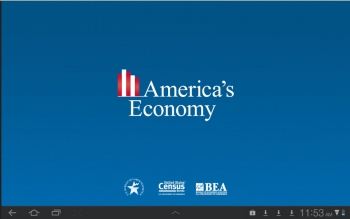New Export Data Shows 34 States Reached Record Highs for Merchandise Exports in the First Half of 2012
U.S. exports support nearly 10 million jobs across the country
Acting U.S. Commerce Secretary Rebecca Blank announced today that U.S. merchandise exports totaled a record $773.4 billion in the first six months of 2012, up by $50.7 billion from the same period of 2011.
“Comprehensive data from the first half of 2012 demonstrates that exports continue to be a bright spot for America and that we’re making historic progress toward the president’s goal of doubling U.S. exports by the end of 2014,” said Acting U.S. Commerce Secretary Rebecca Blank. “Despite a challenging global economy, these numbers show continued global demand for American goods. While the nation looks to be on track toward exceeding last year’s goods and services export total of $2.1 trillion, we are also seeing some individual states outpace the national average of seven percent growth in merchandise exports. This is good news for the economy, because we know that increased exports create jobs. The jump in exports since 2009 has helped the private sector create 4.5 million jobs over the past 29 months, and, in 2011, jobs supported by exports increased by 1.2 million over 2009. There’s more work to be done to strengthen the economy and put more Americans back to work, and we need to continue to do all we can to support American workers, exporters and businesses so that they can continue to help us rebuild this economy." Full release










